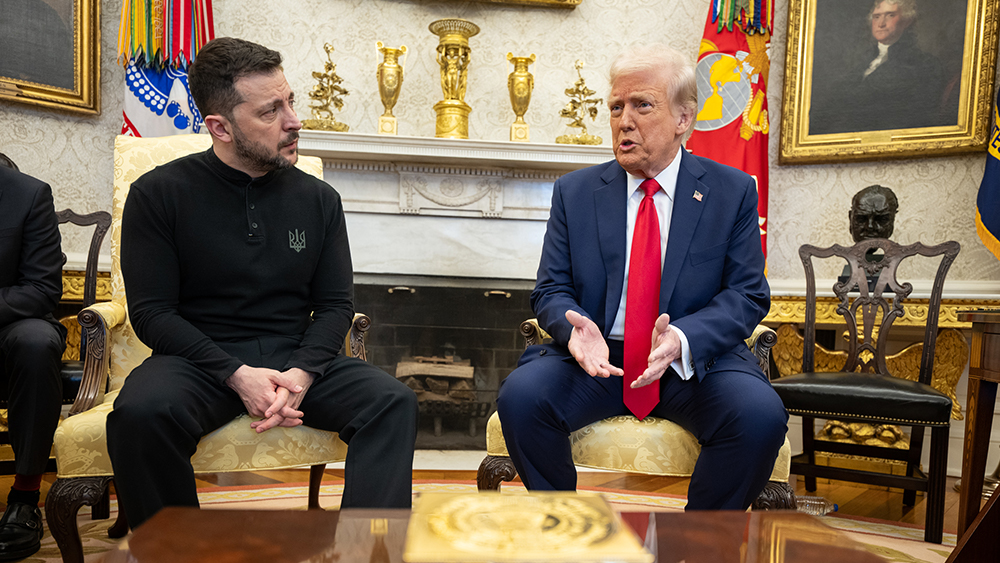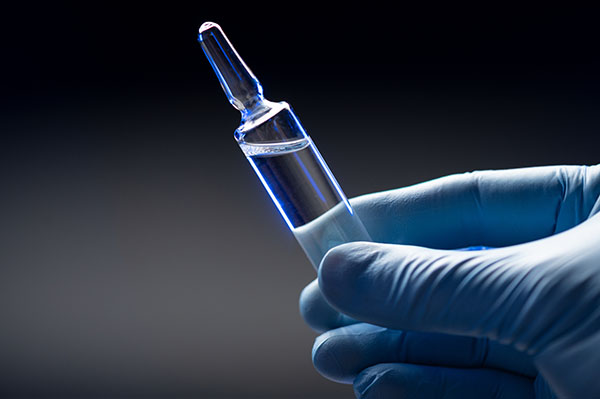 Parler
Parler Gab
Gab
- New York confirmed its first locally acquired case of chikungunya virus on Oct. 14, marking the first such U.S. case in six years.
- The patient, a Nassau County resident on Long Island, began symptoms in August without any international travel; health officials believe the virus was likely spread by a local mosquito rather than through travel.
- No infected mosquitoes have yet been found via local surveillance, and there is no evidence of ongoing community transmission.
- Officials say the public risk remains low, especially as cooler fall temperatures suppress mosquito activity, which reduces the chance of further spread.
- Chikungunya can cause fever, joint pain, rash, headache and muscle aches; it is typically non-fatal, but poses greater risk to the elderly, very young and those with other health conditions.
First U.S. local chikungunya case in six years jolts New York—mosquito risk considered low as fall cools
Chikungunya is a mosquito-borne viral illness marked by fever, joint pain, rash, headache and muscle aches. While most infections resolve without lasting harm, the disease can be more dangerous for the elderly, the very young and individuals with underlying health conditions. Symptoms typically appear three to seven days after exposure. This case is especially notable because all three other chikungunya infections reported in New York so far this year were travel-related. None were thought to be acquired locally. Globally, chikungunya is seeing a resurgence. As of Sept. 30, more than 445,000 cases and 155 deaths had been recorded across 40 countries, according to the World Health Organization (WHO). The Americas are currently the hardest hit, followed by the European region (mainly French overseas territories). The WHO cautions that while some regions are seeing rising numbers compared to 2024, the distribution of cases is uneven, making it difficult to label the current situation a full global epidemic. That said, the possibility of further spread remains a serious concern. In light of the Long Island case, health officials are urging residents to take standard mosquito protection measures: use repellents, avoid standing water, dress in long sleeves during dawn and dusk and ensure window screens are intact. Vigilance is especially recommended in regions where Aedes mosquito species are known to exist. Though this marks a rare local occurrence, public health authorities will be closely monitoring mosquito testing and any signs of further transmission in the weeks ahead. Watch Owen Shroyer reporting about a mystery virus running through Chinese hospitals in this video. This video is from the TNTVNEWS channel on Brighteon.com. Sources include: TheEpochTimes.com BrightU.AI Brighteon.comInside the RECALL of over 91,000 pounds of BREAKFAST WRAPS bound for school cafeterias
By Olivia Cook // Share
Trump Administration’s Stance on Ukraine and Russian Oil Spurs Diplomatic and Market Responses
By Finn Heartley // Share
By Finn Heartley // Share
New landmark study debunks “protective” effects of moderate drinking on the brain
By Patrick Lewis // Share
Trump DENIES Tomahawk missiles for Ukraine, pushes for peace talks as Russia escalates strikes
By Kevin Hughes // Share
A scientific reckoning: Major study questions the efficacy of common pneumonia vaccines
By Willow Tohi // Share
Governments continue to obscure COVID-19 vaccine data amid rising concerns over excess deaths
By patricklewis // Share
Tech giant Microsoft backs EXTINCTION with its support of carbon capture programs
By ramontomeydw // Share
Germany to resume arms exports to Israel despite repeated ceasefire violations
By isabelle // Share










